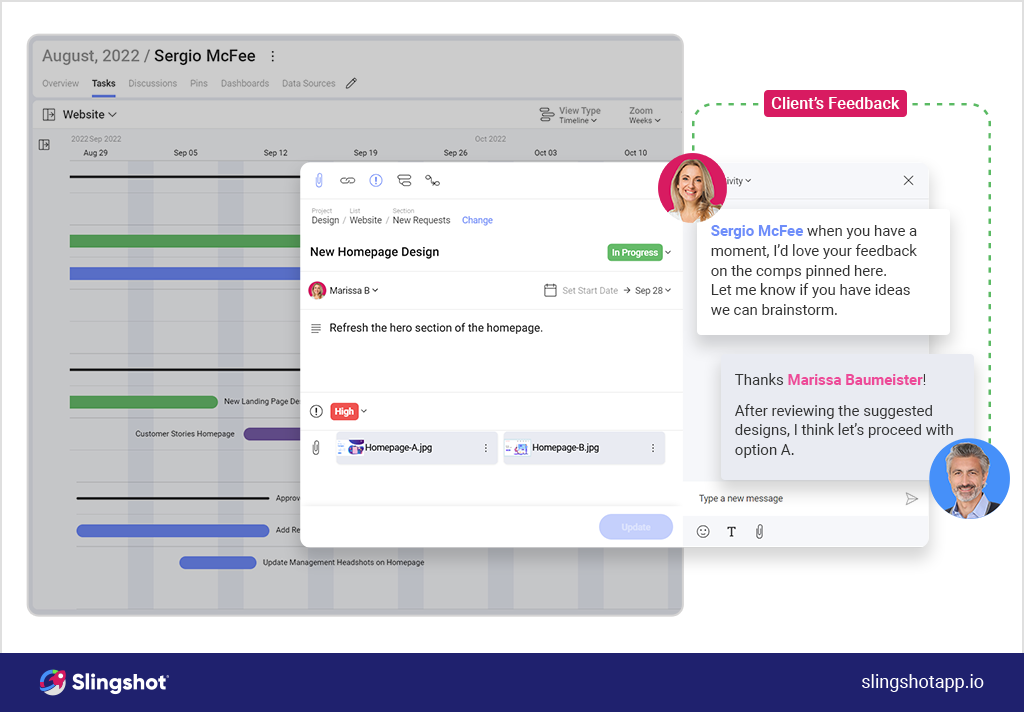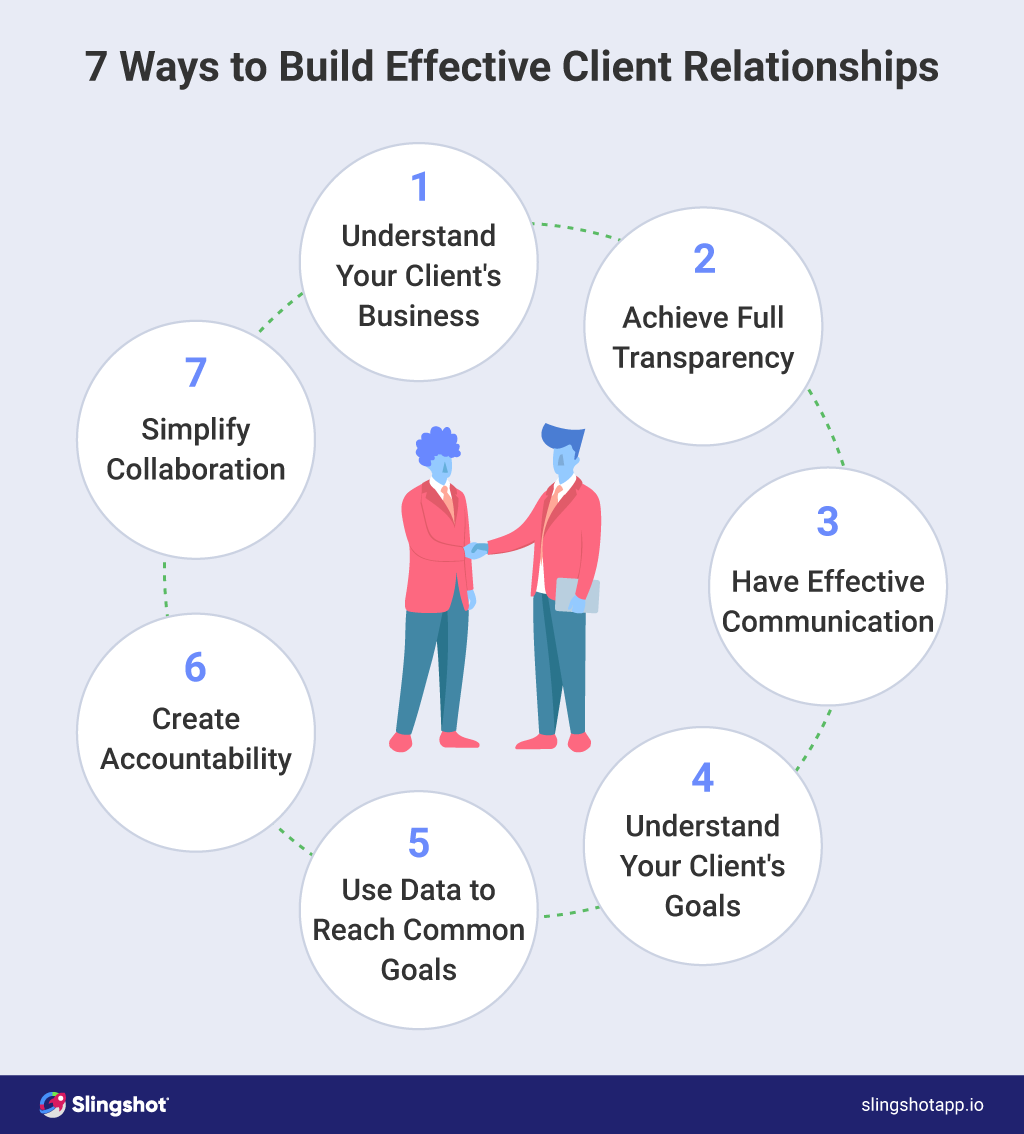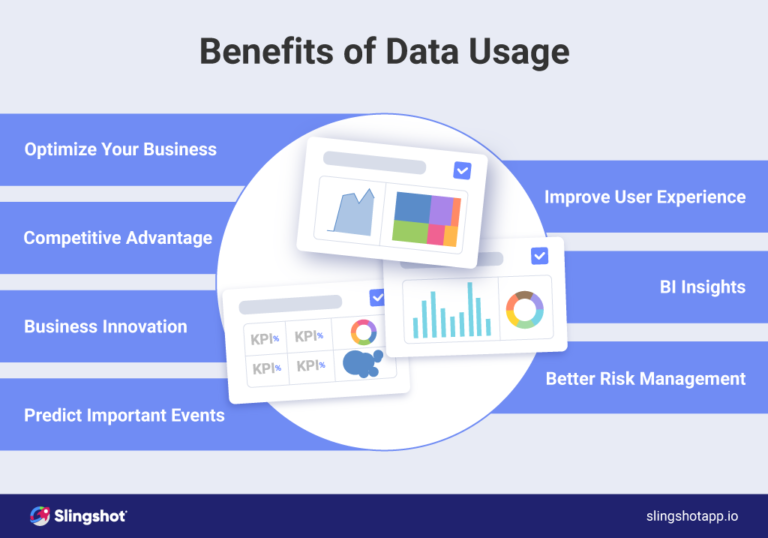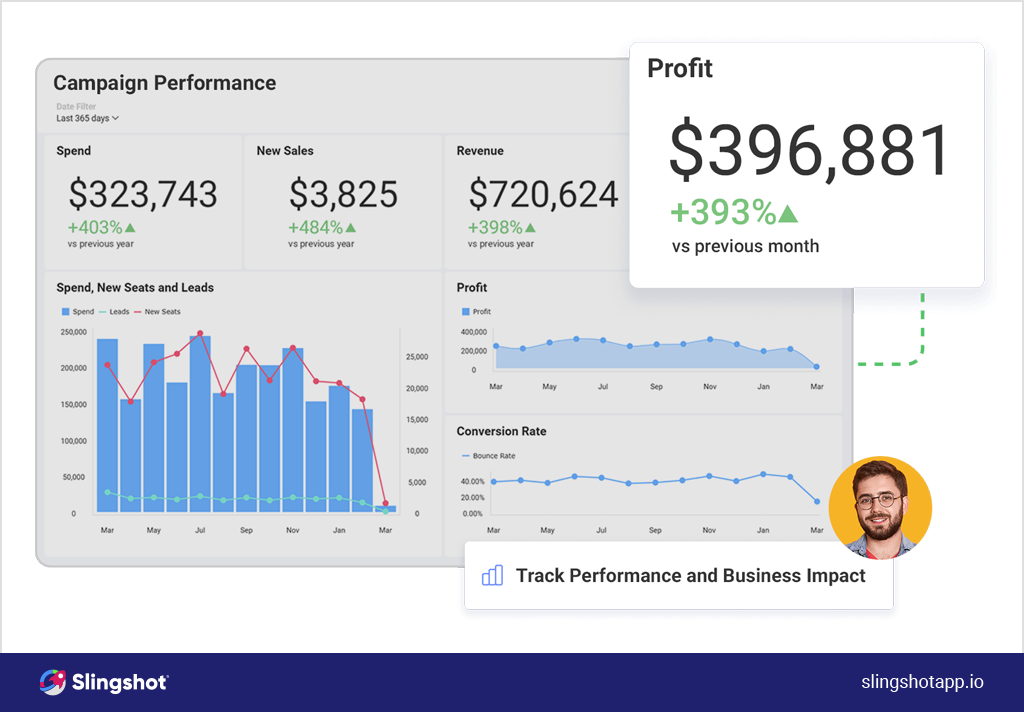
How Stephen Gould Scaled Its Capacity by 30% without Making a Single Hire
Whether you're a small startup or a multinational corporation, mastering the art of client relationship building is a skill that pays dividends.
Executive Summary:
Whether you're a small startup or a multinational corporation, mastering the art of client relationship building is a skill that pays dividends.
In today’s fiercely competitive market, where customer loyalty is a precious commodity, forging strong connections with clients is the secret to long-term success.
So, what approach will get you in the door of your clients’ and transform your relationships from ordinary to extraordinary? There are many strategies, and we’re about to let you know which will revolutionize your approach to client relationships – right now.
In a client relationship, you want to meet the client’s needs, expectations, and preferences. In contrast, the clients rely on you to provide quality products, services, or solutions.
But to achieve an effective client relationship, you must go beyond simple transactions and focus on cultivating a long-term partnership based on mutual benefit and satisfaction.
The essential elements of a successful client relationship include:

By nurturing and maintaining positive client relationships, businesses can foster loyalty, generate repeat business, and enjoy positive word-of-mouth referrals, ultimately driving their success and growth.
Investing in the relationship with your clients is a strategic move you must consider. It sets you apart from the crowd and paves the way for long-term growth.
Building relationships with clients is crucial for several reasons, including:
Developing strong client relationships fosters trust and loyalty. Clients who trust your business or services are likely to remain loyal and continue working with you in a long-term partnership.
What increases the likelihood of repeat business? Satisfied clients with a positive experience are more inclined to return for additional products or services. By nurturing client relationships, you can create a loyal customer base that generates consistent revenue for your company.
Strong client relationships allow you to understand better and meet your client’s needs. You can tailor your products, services, or solutions to their requirements by actively listening and engaging with clients.
Clients are likelier to choose a company that prioritizes building relationships and providing exceptional customer service. Building relationships with clients can offer a competitive advantage.
Satisfied clients with a positive relationship with your business are more likely to refer you to their network.
Building relationships with clients allows for open lines of communication. It enables clients to provide valuable feedback, which you can use to improve your products, services, or processes.

Building effective client relationships requires a thoughtful and proactive approach. You can’t just wing it – they need to be thoughtfully carried out. We’ve selected the 7 key strategies to help you strengthen your client relationships below.
Take the time to deeply understand your client’s business, industry landscape, challenges, and goals. This knowledge will enable you to provide targeted solutions and demonstrate your expertise.
Foster and nurture transparency in all interactions – be open about your processes, pricing, and potential limitations, and let your clients see what’s happening in real time. Transparency builds credibility and establishes a solid foundation for a strong client relationship.
Listen to your clients, respond promptly to their inquiries, and inform them about progress, updates, and potential changes. Better yet – have a single place to exchange updates and ideas and organize your conversations in the context of projects.
Go beyond understanding their business and delve into their specific goals and objectives. Work to set them together to tight deadlines and create results to be proud of.
Use data-driven insights and build visualizations to support your recommendations and decision-making processes. Visualizations help identify trends and measure performance faster in a way that every business user can understand.

Establishing accountability ensures that all parties are aware of their commitments and strive to meet them. Regularly review progress, address any issues, and celebrate achievements together.
Embrace all-in-one collaboration tools (preferably with robust data analytics features) and digital workplaces that streamline communication and project management. That will make it easier for clients and your team to collaborate effectively, share information, and work towards common goals.
If you’re currently trying to bring more effectiveness into your client’s relationships, consider Slingshot – the one app able to get collaboration with external and internal team members to new heights with data analytics in dashboards, chat in context, project management, and seamless file sharing. Slingshot provides transparency, accountability, goal setting, and security features that can make every client relationship successful.

A client relationship is a connection, interaction, and ongoing communication between a business or profession and its clients. It encompasses the various exchanges, communications, and transactions between the parties over time.
Creating a strong client relationship means mutual trust, open communication, common understanding, and shared goals. It all depends on how well you choose to implement the strategies we’ve listed above – starting now.
SHARE THIS POST